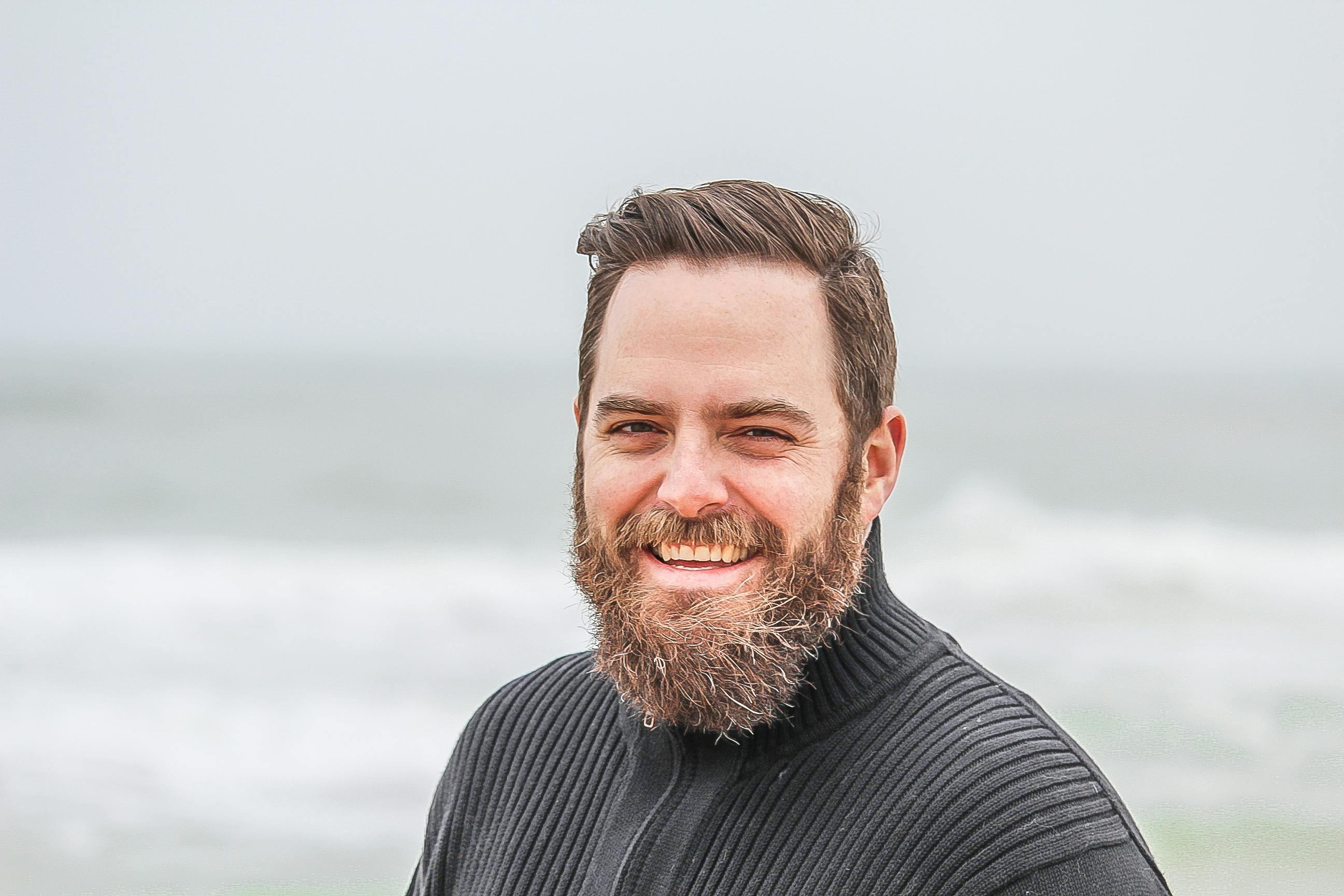Exploring The Historical Echoes Of 'Man Hung In North Carolina'
The phrase "man hung in North Carolina" carries a rather heavy weight, doesn't it? It instantly brings to mind a past era, a time when legal systems and societal norms were quite different from what we know today. Thinking about such a historical practice truly makes one pause, and it prompts questions about justice, human dignity, and the paths societies have traveled. So, it's almost like looking through a window into a part of history that shaped the very fabric of communities, particularly in places like North Carolina, where these events, as a matter of fact, were once a part of the legal landscape.
When we hear these words, our thoughts often drift to the broader history of justice systems, and how, you know, they have changed over many years. It makes us consider the principles that guide legal decisions and how they have developed. This journey through time, basically, shows us how societies grapple with ideas of fairness and punishment, and how, in a way, they have sought to establish what is right and wrong through their laws. It is a complex story, and honestly, one that requires a careful look at the past.
This article aims to explore the historical context surrounding the concept implied by "man hung in North Carolina." We will consider the general historical backdrop of capital punishment, and how, you know, fundamental ideas about human rights, like those found in declarations of liberty, have influenced our understanding of justice over time. We will not be detailing any specific, unverified events, as the provided information does not offer such specifics. Instead, we will look at the broader picture, which, arguably, is just as important for a complete understanding.
Table of Contents
- Historical Echoes of Justice in North Carolina
- The Evolution of Rights and Law
- Understanding Historical Contexts
- Societal Reflections and Modern Perspectives
- Frequently Asked Questions
Historical Echoes of Justice in North Carolina
Historically, capital punishment, including execution by hanging, was a widespread practice across many parts of the world, and indeed, within the United States. North Carolina, too, had a past where such severe penalties were a part of its legal framework. These actions, you know, were typically carried out for a range of offenses, reflecting the legal standards and societal values of the time. It is a stark reminder of how, in some respects, justice was administered in earlier centuries, which, naturally, prompts much thought today.
The methods of punishment, and the crimes for which they were applied, have changed considerably over the years. What was once considered acceptable or necessary in the pursuit of order has, in many cases, been re-evaluated through the lens of evolving human understanding. This historical shift, for example, shows a gradual move towards different ways of thinking about crime and punishment, reflecting a broader societal change in outlook. It is a process that has been slow, but, in fact, quite significant.
When we consider the phrase "man hung in North Carolina," it is important to place it within this wider historical narrative. It speaks to a time when judicial systems relied on very different forms of retribution. This past, you know, is not just a collection of isolated events; it forms a continuous story of how communities have tried to maintain order and dispense justice. Understanding this general historical context, therefore, helps us appreciate the journey of legal reform and the ongoing discussions about human rights.
The Evolution of Rights and Law
The development of legal systems and the very concept of human rights have played a central role in shaping how societies approach justice. Think about the grand ideas that emerged, like those captured in the "declaration of the rights of man of 1789." This document, as a matter of fact, was famously "patterned after the American declaration of independence," laying down principles of "liberty, equality, and fraternity." These ideas, you know, were incredibly influential, setting a foundation for how people thought about individual freedoms and governmental responsibilities.
Such declarations, with their focus on fundamental human dignity, began to challenge older, harsher forms of justice. It was said of certain influential thinkers, posthumously, that "he, more than any other man, was responsible for the fundamental change in outlook." This suggests that profound shifts in societal thinking, often driven by philosophical insights, gradually led to a re-evaluation of legal practices, including capital punishment. These changes, in a way, reflect a growing awareness of human vulnerability and the need for more humane approaches to law.
The journey from a legal system that might readily employ public hangings to one that grapples with complex ethical questions about punishment is a long one. It is a path marked by ongoing debates about what constitutes fair treatment and just consequences. The influence of these foundational declarations, you know, can still be seen today in discussions about legal reform and the protection of individual liberties. They remind us that the pursuit of justice is, basically, an ongoing and evolving process.
For instance, the way a man might measure a room for a wallpaper border, needing specific lengths like "10 ft 6 3/8in., 14 ft, 9 3/4 in., 6 ft, 5 1/2 in., and 3 ft," to find "what total length of wallpaper border does" he need, is a precise task. Similarly, the process of legal reform, while not about physical measurements, requires a careful, almost meticulous, assessment of societal needs and ethical principles. It's about finding the right balance, and that, arguably, is a continuous effort.
Consider another scenario: "150 12 = 12.5 we can then divide 12.5m by 40 to find how much wall 1 man can complete in 1 day, 12.5 40 = 0.3125 so 1 man can complete 0.3125 meters of wall in 1 day." This shows a calculation for efficiency. In a similar vein, legal systems, over time, have sought to become more "efficient" not in terms of speed, but in terms of achieving justice that is fair and equitable. This means, you know, continually refining processes and principles, much like optimizing a task for better outcomes. It's a bit like trying to figure out how much "wall 1 man can complete," but for the very structure of society.
Understanding Historical Contexts
To truly grasp the meaning behind phrases like "man hung in North Carolina," we really must step back and understand the historical context in which such events occurred. It is not enough to simply look at past practices through a modern lens. We need to consider the prevailing beliefs, the available technologies, and the social structures that were in place at the time. This perspective, you know, helps us avoid judging the past solely by present-day standards, which, frankly, can be a bit unfair.
Societies in earlier periods operated under different assumptions about crime, punishment, and public order. The idea of public executions, for example, was often seen as a necessary deterrent and a way to uphold societal norms. This view, in a way, was deeply ingrained in the cultural fabric. It is important to remember that such practices were, basically, a part of a much larger system of governance and social control that existed before the widespread adoption of modern legal and human rights frameworks.
The shift away from these practices did not happen overnight. It was a gradual process, influenced by evolving philosophical thought, legal reforms, and changing public sentiment. Understanding this slow but steady evolution helps us appreciate the progress made in human rights and justice systems. It shows how, you know, ideas about liberty and fairness, once perhaps radical, eventually gained wider acceptance, leading to significant changes in how societies treat their members. This long arc of change is, in fact, quite fascinating to consider.
Just as "a man gave 4 cents each to some children, Had he given them 7 cents each, it would have taken 36 cents more, How many children were there?" presents a problem that requires careful calculation, so too does understanding historical change demand careful thought and analysis. It's about looking at the conditions, the choices made, and the consequences that followed, much like figuring out the number of children based on different scenarios. This kind of careful examination, you know, helps us piece together the larger historical puzzle.
Moreover, when someone says, "Oh man, i am so lost," it often means they are grappling with something complex. Similarly, the history of justice, particularly regarding sensitive topics, can feel overwhelming. But by breaking it down, by looking at the principles that guided actions, and by understanding the slow pace of change, we can, you know, begin to make sense of it all. It is about finding a pathway through the information, just like finding a solution process for a difficult problem.
Societal Reflections and Modern Perspectives
The historical echoes of practices like "man hung in North Carolina" continue to resonate in contemporary discussions about justice, ethics, and human rights. While methods of punishment have changed significantly, the underlying questions about fairness, accountability, and the role of the state in administering justice remain very much alive. These historical practices, you know, serve as a stark reminder of how far legal systems have come, and also, how much further there is to go in ensuring truly equitable outcomes for all.
Today, conversations about capital punishment, its morality, and its effectiveness are ongoing. The principles of "liberty, equality, and fraternity," which were so powerfully articulated in historical declarations, continue to inform these debates. They push us to consider the dignity of every individual, even those accused of serious crimes. This ongoing dialogue, basically, shows that societies are constantly re-evaluating their moral compass and striving for a justice system that aligns with evolving humanitarian values.
North Carolina, like many other states, has undergone significant changes in its legal approach to capital punishment. The shift reflects a broader societal movement towards more nuanced and, arguably, more humane forms of justice. This evolution is a testament to the enduring impact of ideas about human rights and the persistent effort to create a legal framework that upholds the highest standards of fairness and dignity. It is, you know, a continuous process of learning and adaptation.
Consider the idea that "power = energy consumed/time," which will be in watts, "like saturn v produced about 41 mw of power." This is about measuring output and efficiency. In a similar vein, society constantly measures the "output" of its justice system, assessing its fairness and its impact on individuals and communities. It's about understanding the "energy consumed" in terms of human lives and societal trust, and whether the "power" generated is truly just. This kind of reflection, you know, is vital for progress.
The phrase "From a natural earth science perspective, that is the only mechanism" might seem unrelated, but it speaks to understanding fundamental processes. Similarly, understanding the historical "mechanisms" of justice, even those we now find troubling, helps us grasp the fundamental forces that shaped societies. It allows us to see how, in a way, legal systems are built and how they change over time, much like geological processes shape the earth. This deeper look, you know, is quite illuminating.
Learn more about historical justice on our site, and link to this page understanding human rights evolution.
Frequently Asked Questions
What was the historical context of capital punishment in North Carolina?
Historically, capital punishment, including execution by hanging, was a legal practice in North Carolina, much like in many other states. It was typically applied for various serious crimes, reflecting the legal norms and societal expectations of earlier periods. These practices, you know, were part of a broader system of justice that existed before modern reforms and human rights frameworks became widely established. It's a past that, obviously, looks very different from today's legal landscape.
How have concepts like the "rights of man" influenced justice systems over time?
Ideas like those found in the "declaration of the rights of man," which emphasized liberty, equality, and fraternity, have profoundly influenced justice systems. These foundational principles, you know, gradually led to a "fundamental change in outlook," encouraging societies to re-evaluate harsh punishments and prioritize individual dignity. They have been, basically, a driving force behind legal reforms aimed at creating more humane and equitable systems. This intellectual shift, in a way, truly transformed legal thought.
Is capital punishment still practiced in North Carolina today?
North Carolina does retain capital punishment as a legal sentence for certain crimes. However, executions have been on hold for a considerable period, due to various legal challenges and procedural issues. This situation, you know, reflects the ongoing national debate and legal complexities surrounding capital punishment in the United States. It's a topic that, honestly, continues to generate much discussion and legal action.

«Portrait Of A Handsome Young Man With Goatee Looking At Camera» del

"Confident Handsome Black Man With Green Eyes" by Stocksy Contributor

Man Photos · Pexels · Free Stock Photos